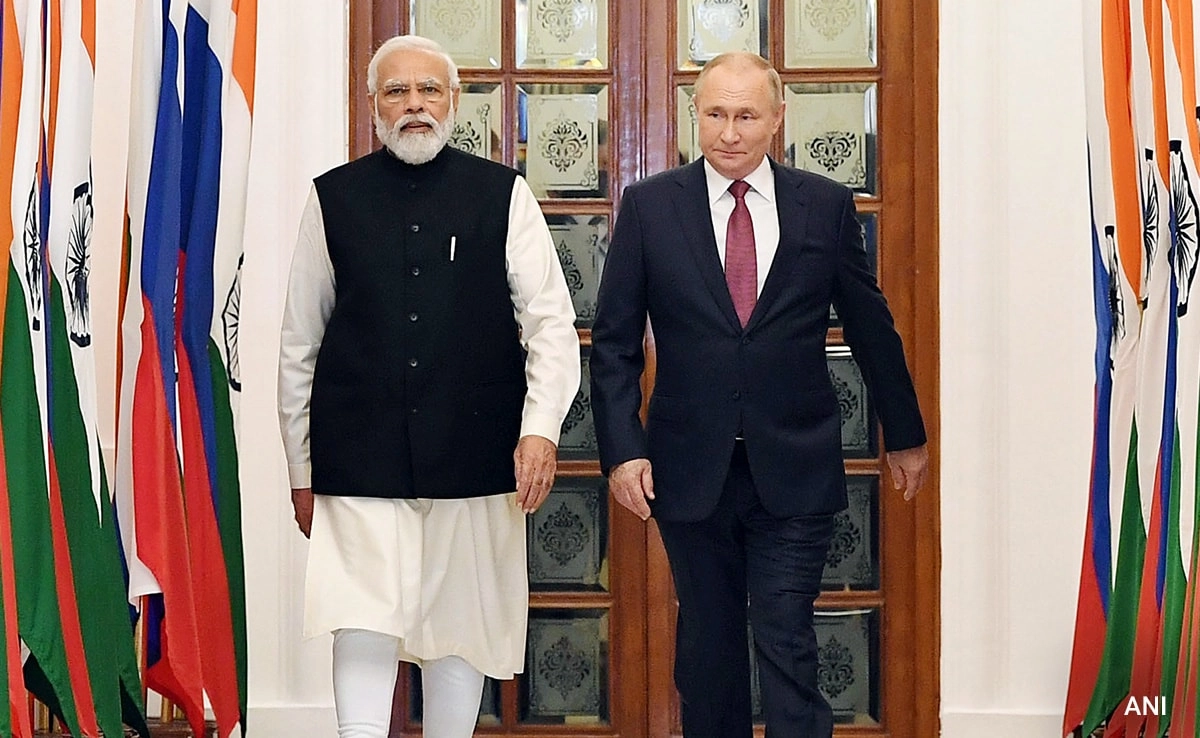As the deadline for the Trump administration’s tariffs approaches, the implications for international trade are becoming increasingly significant. The administration has made various announcements regarding trade deals, highlighting a strategic shift in the United States’ approach to global commerce. These tariffs, primarily aimed at China, have stirred debates about their potential impact on the economy, industries, and consumers. As the clock ticks down, businesses and policymakers alike are grappling with the reality of these impending changes.
The U.S. has entered into several trade agreements and negotiations since the tariffs were proposed, aiming to offset some of the economic fallout. Notably, the United States-Mexico-Canada Agreement (USMCA) has been a focal point of Trump’s trade policy, replacing the North American Free Trade Agreement (NAFTA) and promising to bolster American jobs and manufacturing. Additionally, deals with countries like Japan and South Korea have been initiated, focusing on reducing trade barriers and enhancing cooperation in various sectors. These agreements underscore the administration’s intent to reshape trade dynamics and strengthen American economic interests.
However, the looming tariffs also raise concerns about retaliatory measures from other nations. China, in particular, has vowed to respond to U.S. tariffs with its own set of duties, potentially escalating tensions and leading to a trade war that could adversely affect global markets. The uncertainty surrounding these tariffs has left many industries anxious, as the costs of imported goods could rise significantly, leading to higher consumer prices. As the deadline approaches, businesses are urged to prepare for the financial implications of these tariffs, which may alter supply chains and impact overall competitiveness.
In conclusion, as the Trump tariff deadline looms, the U.S. is navigating a complex landscape of trade negotiations and agreements designed to mitigate the potential fallout. While the administration’s efforts to secure favorable trade terms with key partners may yield some positive outcomes, the overarching uncertainty and risk of retaliation continue to pose challenges. The coming weeks will be critical as stakeholders assess the full ramifications of these tariffs and the broader impact on the U.S. economy and its position in the global trade arena.




